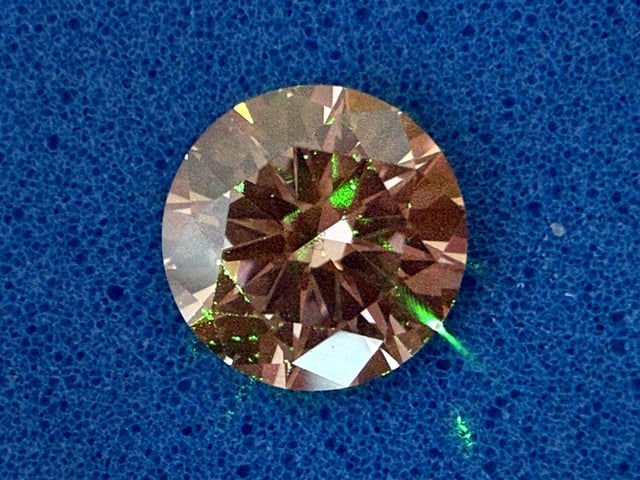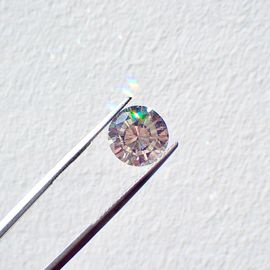Overview
- Published in Physical Review Applied, the University of Warwick team reports a compact nitrogen‑vacancy diamond magnetometer using a 0.5 mm³ diamond and an attached permanent magnet.
- The probe detects about one hundredth of a typical clinical dose of magnetic tracer fluid, with thresholds around 2.8 mg/ml and 0.56 mg iron, and can register signals up to 14.6 mm at high concentrations.
- Designed for sentinel lymph node localization, the sensor tracks iron‑oxide nanoparticles such as MagTrace that migrate with potential metastases from tumors.
- Clinician collaborators at UHCW highlight current use of magnetic localization in practice, while the diamond device remains preclinical and requires engineering refinements, clinical trials, and regulatory evaluation.
- Reported limitations include reduced range at lower concentrations and signal variability from nanoparticle distribution, with proposed upgrades such as a smaller head and stronger or multiple magnets and possible applications beyond breast cancer.


